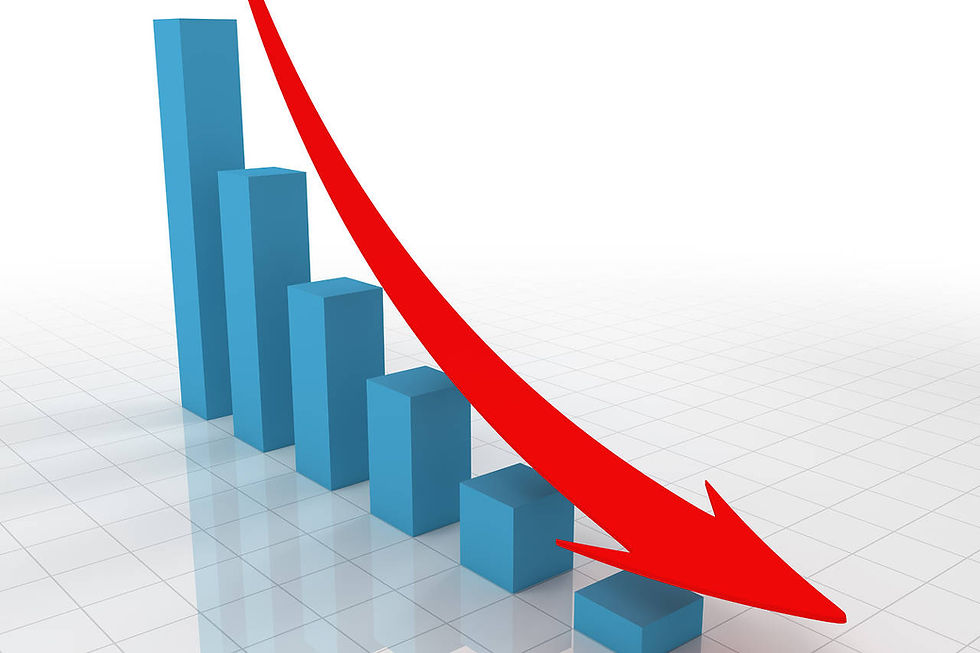Inequalities
- seanmorrell7
- Feb 4, 2021
- 2 min read
Inequalities are an integral part of number theory. Even if they may not seem directly applicable, they can often be used to limit or bound solutions to an equation, so they have great uses in Diophantine equations.
Here a few key ways of proving inequalities.
1. Sum of Squares:
It's true for all real numbers that a square number is positive. So rearranging an equation into a form where it is expressed in squares can help to prove an equation is always non-negative. For example,
Which is clearly true because the left hand side is a square number.
Here is another problem,
Since all of the terms on the left hand side are squares, it must be non-negative.
2. AM-GM-HM-RMS Chain:
This is just a fancy way of referring to the different means of a set of numbers. Namely the arithmetic mean, the geometric mean, the harmonic mean and the root mean square (quadratic mean). Here is the formal definition.
Where all x are positive real numbers.
Let's use it on the problem from earlier.
Note that we obtained the fourth inequality by adding the previous 3 together. As you can see, there are often many ways to approach an inequality, and so there can be many valid solutions.
3. Cauchy-Schwarz:
Cauchy-Schwarz is a very useful inequality which links sums of squares. It can also be written in another form known as Engel's form (or Titu's lemma), and has a generalisation known as Hölder's inequality. Here is the statement of the identity,
Unlike the previous inequality, this applies to both positive and negative real numbers.
Below is a simple application of this inequality,
And we know that this final inequality is true by Cauchy Schwarz.
4. Rearrangement / Chebyshev:
The rearrangement inequality (or more generally the Chebyshev inequality) is an intuitive way of maximising the sums of products of numbers in a list.
How would you maximise how much money you had, if you could have either 3, 2 or 1 lots of 10p, 20p and 30p coins? The answer here seems obvious: you multiply the largest numbers together to increase your total value. And this idea can be extended to inequalities.
Consider the two ordered increasing lists below, then we can say that
This is known as the rearrangement inequality, and it actually applies to all different permutations of the right hand side.
Consider the following problem,
Since the inequality is symmetric in all of a,b,c we can assume without loss of generality that,
Now we can consider the two ordered lists,
We can now apply the rearrangement inequality, and we see that the product of the two sets is maximised when multiplied in order.
And we are done.

If you're interested in learning more about inequalities, here is a link to a great book on Olympiad inequalities by Samin Riasat. https://web.williams.edu/Mathematics/sjmiller/public_html/161/articles/Riasat_BasicsOlympiadInequalities.pdf. Some of the techniques used are advanced, but certainly very interesting.






Comments